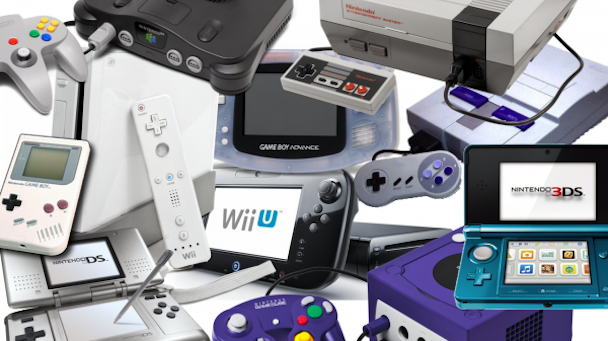Ensuring the future of Nintendo: The strategy behind president Kimishima's corporate reshuffle
Back in September, Nintendo embarked on an all-encompassing corporate restructure, intent on future-proofing a company that has prospered since the infancy of the video games industry.

Despite its iconic characters and their inherent nostalgia factor trumping relative newcomers and gaming competitors Microsoft and Sony, the company has been suffering from stuttering hardware sales in its flagship console the Wii U.
As a result, the games giant in September embarked upon a landmark corporate restructure which saw Tatsumi Kimishima crowned as president, replacing Satoru Iwata who sadly passed away in July.
The sweeping changes resulted in Nintendo merging its integrated research and development and its system development division, creating the platform technology development division - tasked with building Nintendo’s next generation hardware in addition to its operating systems and web network.
Additionally, in-house studio, EAD, founded by Shigeru Miyamoto in 1983, the creative force behind lasting franchises such as Mario, Zelda, Donkey Kong and more was also melded with SPD – the group behind Warioware and Metroid entries.
To outsiders, the motives behind the drastic shift have not been fully explained by the company. Matthew Hudak, a toys and games analyst at Euromonitor claimed the studio merger will make the company “more open than ever before” streamlining the “long development times which really hurt the Wii U”.
With few major releases scheduled for the first half of 2016, the initiation of Nintendo’s mobile push will be vital. Its partnership mobile development studio DeNA will see the release of a Mii-Avatar chat app in March 2016, marking its first foray into smartphone development – thus bringing the titles onto a third-party platform.

Despite this aside, Hudak said Nintendo will retain a focus on producing its own hardware, with it secretly working away on the NX, the successor to the Wii U.
It would have to perform “very poorly, very quickly for them to even consider [focusing on mobile],” he said, adding it could be “possible at some point following a string of hardware misfires”.
The company is set to test the waters of the mobile gaming market with free-to-play apps and micro-transactions, despite former president Satoru Iwata’s insistence that "[the company has] no intention to provide a property to any other platforms, or making them available in a mode that does not require consumers to pay at all,” back in 2011.
Nintendo’s sales rather evenly split between hardware and software. Hudak said its unique “IPs are likely one of its biggest advantages, as on the hardware side both Sony and Microsoft have a much stronger console and fairly high quality games".
“They really need to try to tap into both the nostalgic joy that older consumers might have with Nintendo as well as making these IPs more recognizable with children. Mobile would probably be a good way to do both, given smartphone consumer penetration. Free-to-play would appeal a lot to children, and older consumers might enjoy ports of older Nintendo games.”
The company has a history of innovation, with the Nintendo 64 controller popularising the analog stick, the Wii leading the motion control market and Wii U predicting the rise of a second-screen in gaming. It is reasonable to assume the NX will likely feature a unique hardware-selling point to differentiate it from PlayStation and Microsoft’s output.

Speculating about the hardware nuances of NX, Hudak claimed “VR would definitely be interesting, although given the nature of the casual gaming audience of Nintendo that might be a tough sell".
He concluded it will likely distance itself from “the second screen [controller] the Wii U uses” although it could feature “some sort of interaction with mobile”, perhaps the remote play afforded by the Wii U controller.
Just last week Nintendo filed a patent for a touchscreen game-pad, hardware which could be related to the yet-to-be-unveiled NX – the console which could make or break the company.

